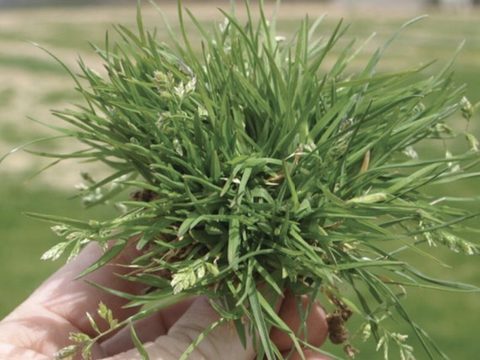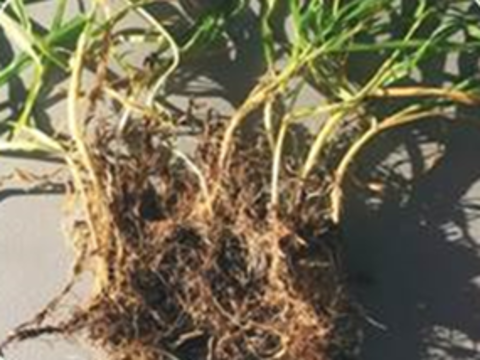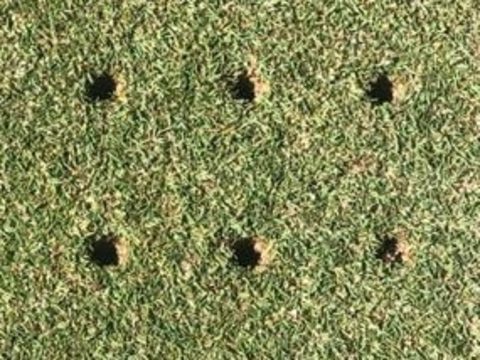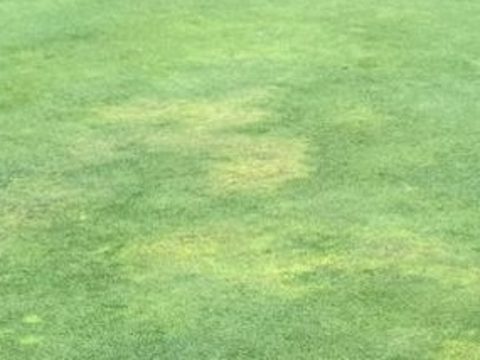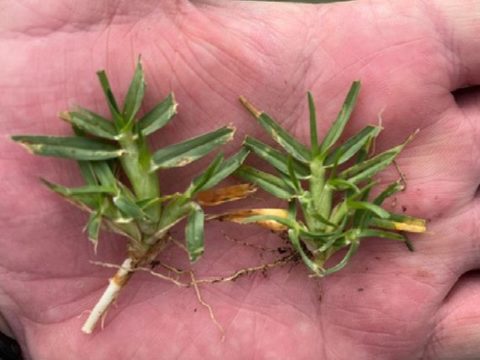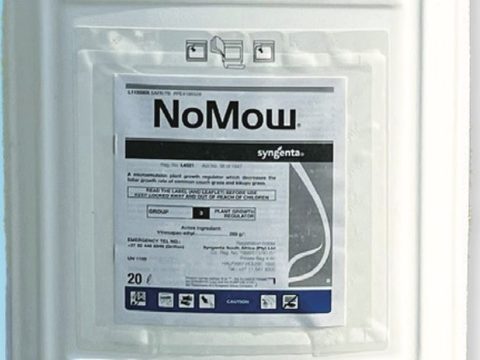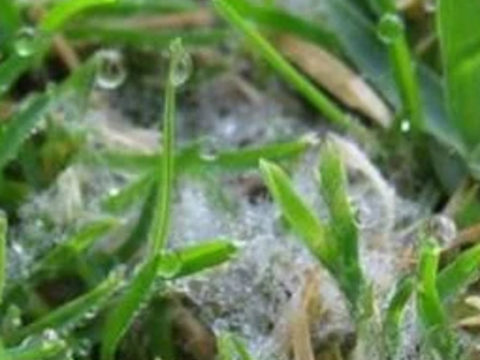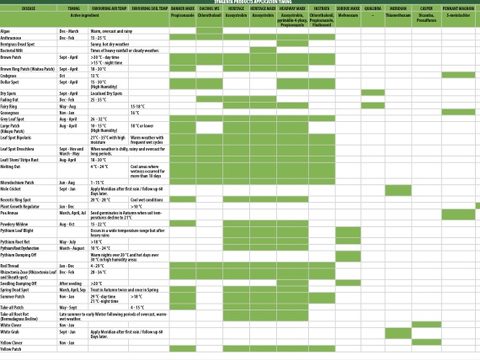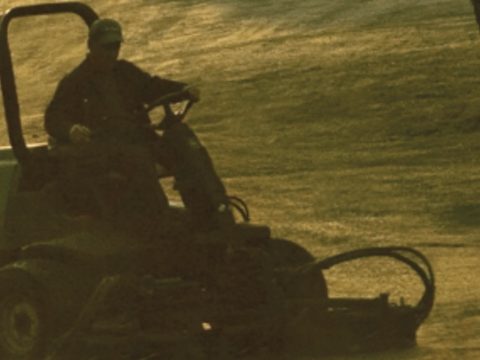Prepare for Recovery
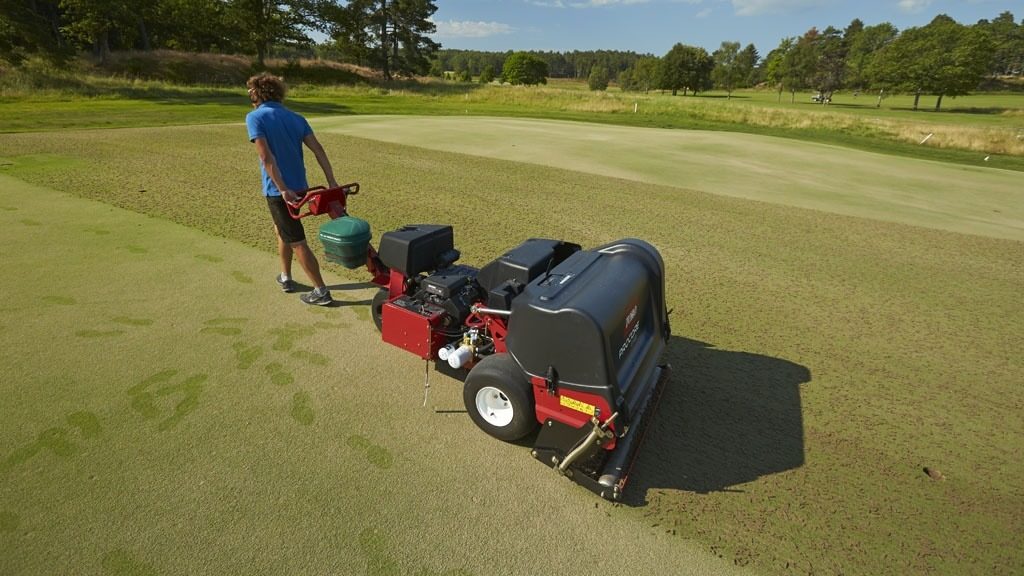
Whilst the long term aim of renovation is to improve playing surface quality, some of the actions involved can be extremely damaging for turf plants. The additional stress imposed can make them more susceptible to disease, at a time when spores are being brought to the surface and leaf tissue damage gives a gateway for infection.
Clearly, turf that is inherently stronger and healthier before renovation, will be better able to withstand the pressures and faster to recover. Preparation to ease stress in the weeks before renovation including nutrition, wetting agent and growth regulation programmes, for example, will minimise the impact and speed surface restoration.
For those already on a fortnightly programme for turf health, tailoring application timing now should aim for a treatment three to five days ahead of planned renovation work.
Renovation practices that increase the risk of disease outbreak: |
|
|
|
|
|
|
Disease protection
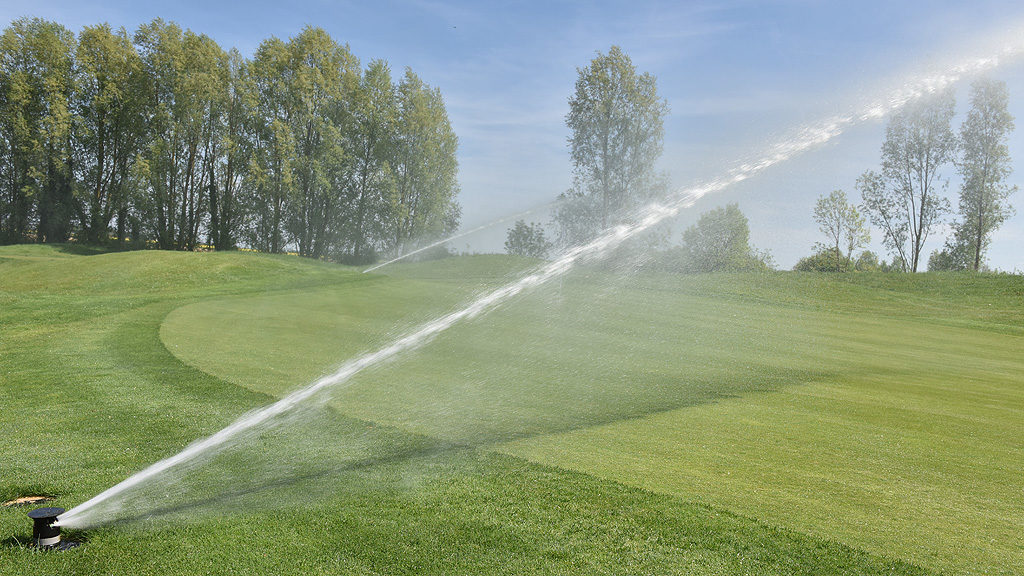
Heavy watering to initiate seedling growth, or providing additional nutrition to stimulate recovery, can give a flush of soft growth more susceptible to infection. Pre-renovation planning, with appropriate nutrition, wetting agent and PGR programmes, can minimise the risk.
GreenCast historic disease and weather records show infection risks. Whilst healthy turf would be less likely to show any signs of infection, renovation does increase the chances of outbreaks.
Through the recovery regrowth period a systemic Heritage fungicide treatment, will give added protection. Application as close as possible to renovation should be targeted at the leaf and crown for optimum uptake and movement through the leaf.
Application with a red 04 XC Nozzle, at a water volume of around 400 l/ha, will give the required movement down to the crown.
Seedling moisture
Even where there is good overnight irrigation available, seedlings and plant recovery can still be adversely affected with dry down during the day, especially in hot conditions, traffic imposed in an attempt to improve the surface (e.g. drag matting, rolling and mowing) STRI research has shown significant benefits from a Qualibra wetting agent programme, for all turf species.
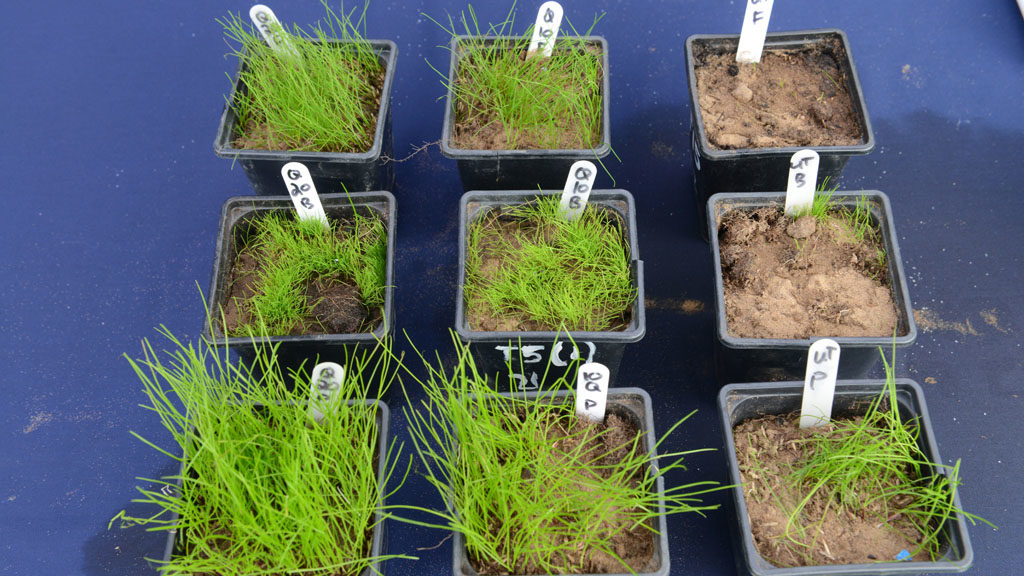
It is a difficult balance to manage the appropriate amount of moisture to enable germination and seed establishment, along with quick recovery, but not keeping the surface damp for long periods of the day which could enable disease to establish.
Holding moisture lower in the soil profile encourages rapid root growth to reach moisture, whilst surfaces can still be effectively held drier and faster – which is also less conducive to seedling diseases.
In STRI trials Qualibra programmes at full rate prior to sowing achieved the best results, but even half rate applications achieved a significant boost in seedling establishment. Results showed a 200% increase in bent grass germination after 19 days with treatment of 20 l/ha five days before sowing, for example (Fig 1).
Seedling vigour, measured as growth, along with all important surface coverage after 40 plus days, were also enhanced with the wetting agent programmes.
Regulating growth
The concept of pre-stress conditioning with Primo Maxx is well established, and an extremely valuable technique to have turf in full regulation prior to any stressful period, including renovation. Its action has been shown to help retain root mass through the summer, as well as increase the concentration of photosynthetically active chlorophyll in the leaf to aid recovery and build carbohydrate reserves.
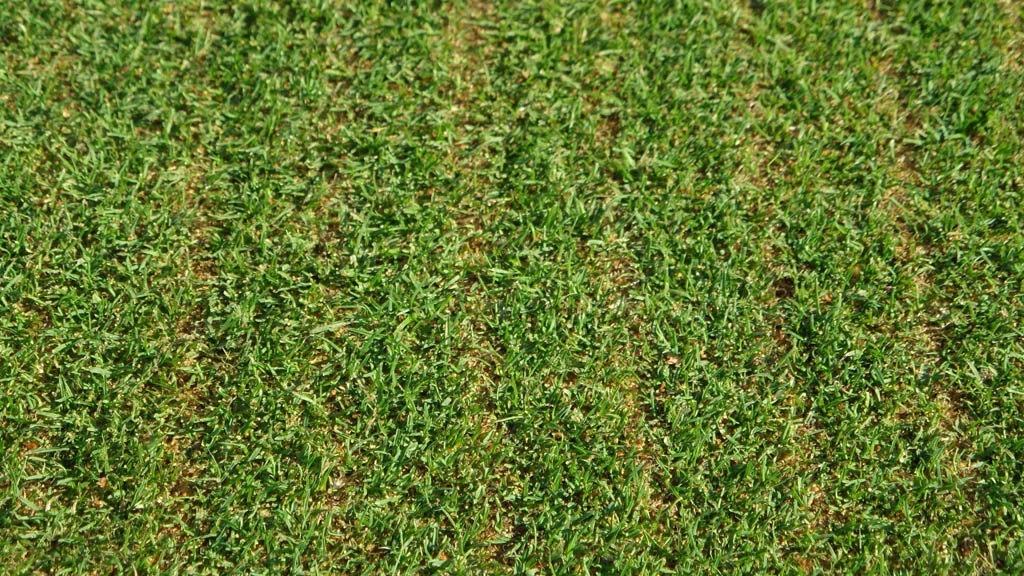
Additionally, research has shown that putting an existing sward into full regulation in the days preceding renovation can allow new seedlings to establish more effectively. The pre-treatment, before over seeding, has no regulatory effects on the establishing seedlings. New seeds can be treated from the second true leaf stage within the PGR programme, to encourage lateral growth and quicker coverage.
Light recovery
The use of artificial lighting is now standard practice for most stadium renovation processes – both end-of-season full rebuild and in-season recovery. Increasingly the technology is becoming available for golf course renovation too.
Extensive research into light availability and plant utilisation, with the launch of Ryder pigment, would indicate that, in most instances on an open golf course, light is unlikely to be a limiting factor in turf seedling establishment and growth in September. In fact too much light, which could be damaging, is more likely to be the issue.
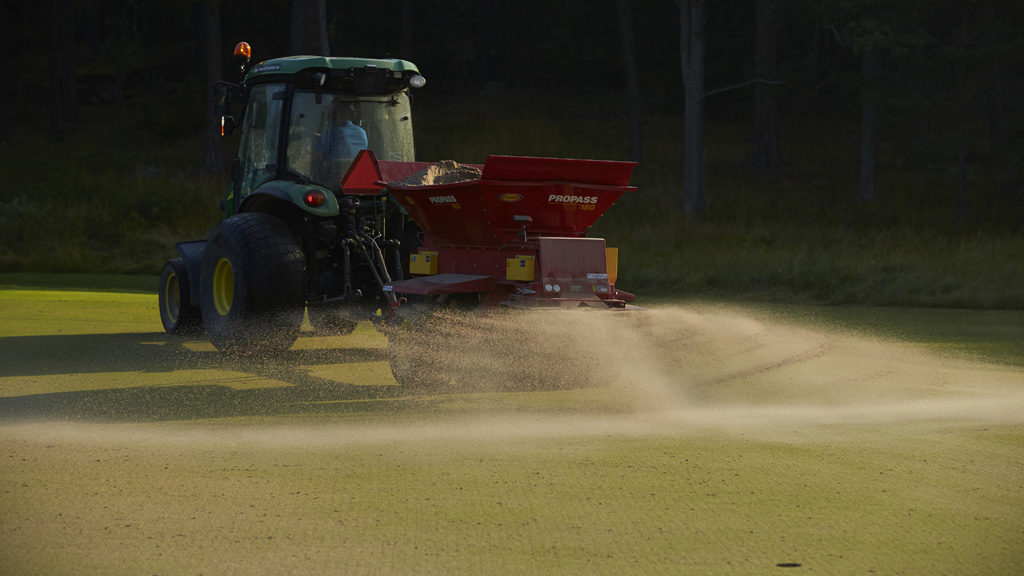
However, particularly on shaded greens and tees, there could be useful benefit in supplementing light if the surface is not receiving the required 500-600 um for a sufficient length of time.
Furthermore, research indicates that supplementary lighting could extend the growing period and aid recovery.
The key from the Ryder research, is that it is crucial to know the amount of light that is actually reaching the surface, and when the use of supplementary lighting would be beneficial and not physically harmful to the plant.
Colour match
The other aspect for renovation with the use of Ryder has been the instant green-up from application after renovation. Where a heavy top dressing has been applied as part of the process, for example, a treatment with Ryder can effectively mask the colour and eliminate subjective player perceptions of the effect of sand on surfaces – which will typically play faster and truer after sand top dressing.
Flexible timing
Historically, weather conditions for renovation week can be far from conducive to fast recovery; sometimes too hot and dry for over seeding to establish, or too wet for effective aeration and soil operations.
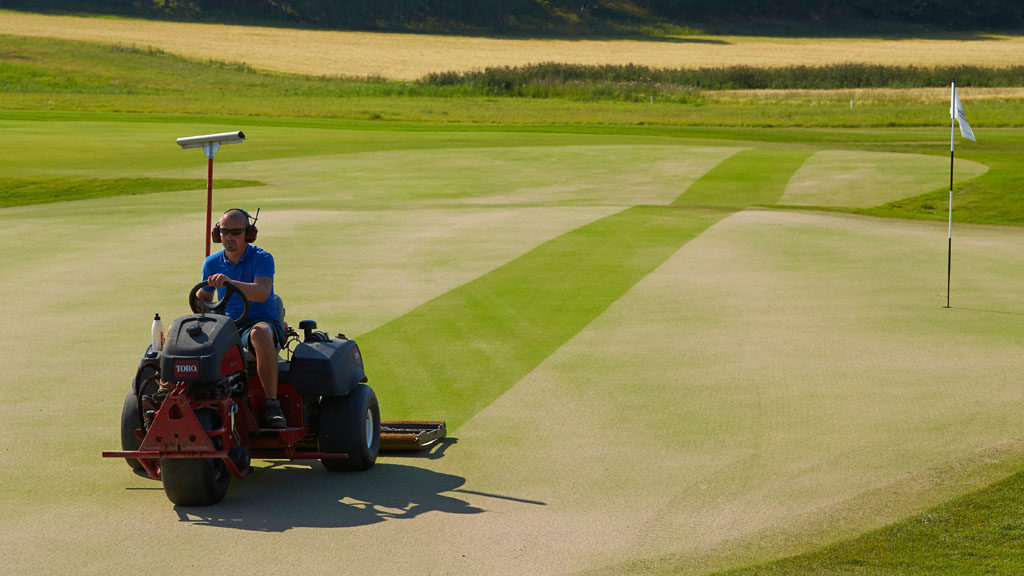
If there is a season where particularly intensive renovations are planned, having a wider window blocked into the calendar could give flexibility to pick the period that will give the best chance for rapid recovery. There are some logistical headaches in fitting that process, but the benefit is a better chance of a quicker return to improved playing conditions and, ultimately, less disruption for players.
On that note, it is important to be more flexible with tailoring the intensity of renovation operations to the prevailing conditions.
If it is too wet for planned intensive soil operations to be effective, for example, there is little point imposing extra stress on plants, and better postponed until a season when conditions are more suitable.
If conditions are perfect for recovery, however, and you have all the other preparations in place, then it’s a real opportunity to get as much done as possible, and still achieve rapid recovery to a better place.

